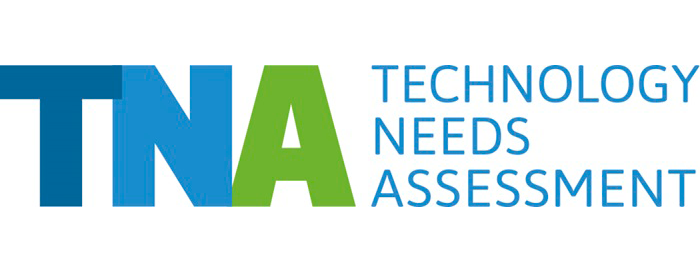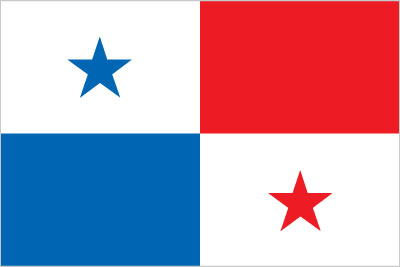The TNA has highlighted reducing the travel needs of Panama’s population as a valuable tool for curbing the country’s emissions. Minimizing travel needs is estimated to reduce emissions potentially by 1.5 million tCO2e. The TNA has singled out the promotion of public policies as measure to foster changes in urban mobility and to encourage people to switch from private vehicles to public transport and to bicycles or walking for shorter distances.
Located between Colombia and Costa Rica, Panama forms an isthmus connecting the North and South American continents. It has shorelines facing both the Atlantic Ocean and the Caribbean Sea and is well known for the Panama Canal, which cuts through the country and links the Pacific Ocean to the Atlantic Ocean. The land consists mostly of rugged mountains, plains and rolling hills covered by rainforest and jungle. In recent decades, the effects of climate change have turned water resources, energy and agriculture into vulnerable sectors where alterations in rain patterns and rising temperatures are creating unfavourable conditions.
Panama completed its TNA in 2017. The TNA revealed a gap in collecting the basic information needed to facilitate sufficient integrated management of water resources. As a first step to collecting sufficient information, the TNA recommends the establishment of a National Water Information Platform to provide hydrological, meteorological and geographical information that will help the analysis and diagnosis of various issues with water resources. To kick off this initiative the TNA suggest hosting an international forum on studies, practices and technologies for the sustainable management of aquifers and that Panama elaborates its regulations relating to its aquifers.
Another project outlined by the TNA more specifically is concerned with coastal aquifers and saline intrusions. Here it is suggested that Panama prepares an inventory of wells and establishes a piezometric network in the dry arch region in order to determine the variability, quality and quantity of groundwater. This knowledge will contribute to the strategic management of the country’s water resources.
Panama’s TNA contributes to the following Sustainable Development Goals:




